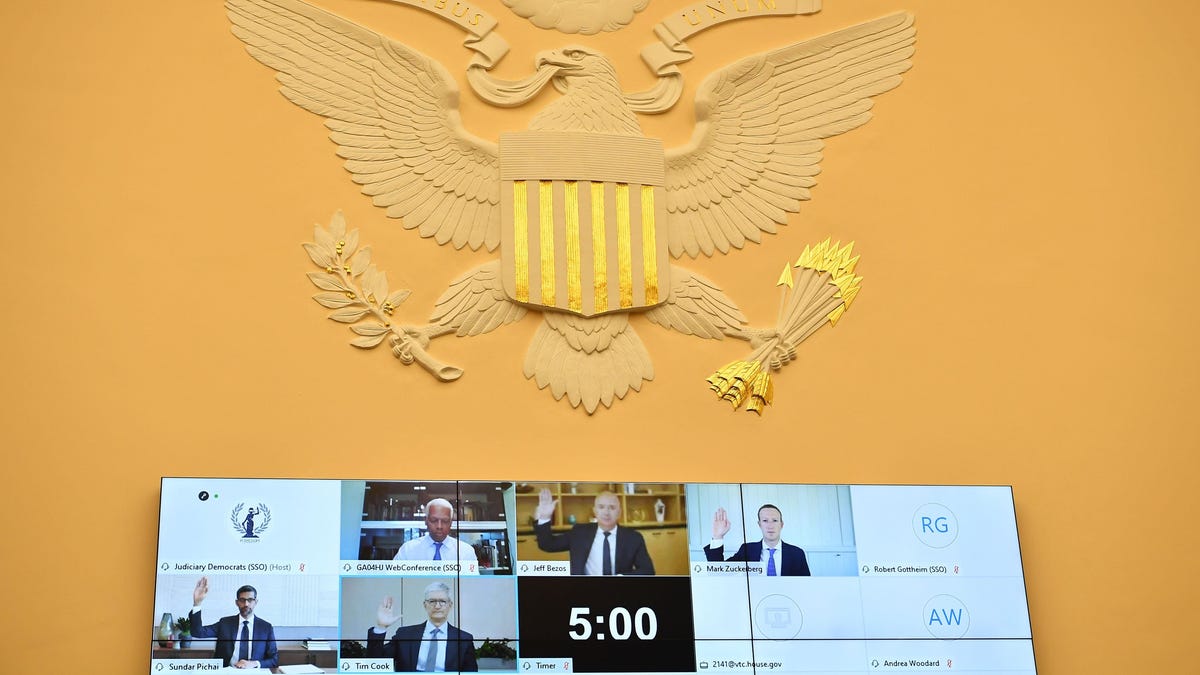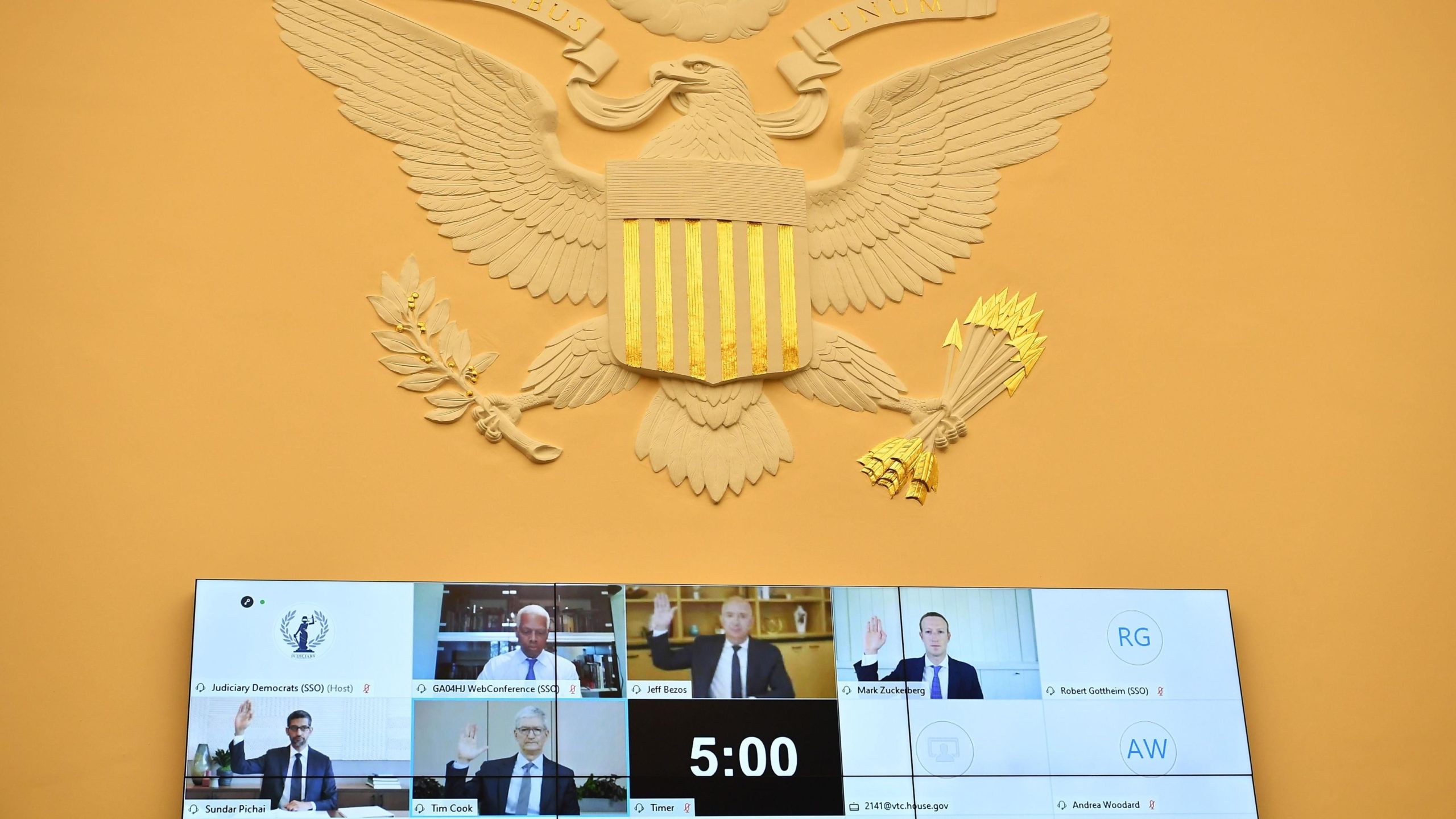
When advertisers are strongarmed into using these tools, it means the other side of the marketplace—the apps and sites with ad space up for sale—are being strongarmed, too. App developers are stuck using tools like Meta’s Audience Network to find someone willing to pay for their space, and websites are stuck using Google’s Doubleclick For Publishers. When accused of being monopolies in front of lawmakers before, these companies regularly point out that the online market is crowded and competitive. It is. A report from this week found close to 10,000 digital ad players operating in the US this year.
But that’s not the point; as long as they have massive user bases, they’re also going to have massive advertiser bases paying massive bucks. Smaller companies are obligated to use the big guy’s tech in order to make any money at all, forking over a chunk of their profits to said big guy for the privilege.
Advertisement
When we talk about Google earning close to $55 billion from its ads business in a single quarter, it’s not only from running ads on YouTube, or search, or any other individual Google-branded property. There’s also a sizable percentage that’s coming from countless news sites and recipe blogs that use Google’s digital advertising architecture—that’s why you see a standardized ad format across so many sites—and pay dearly to reach the captive advertisers who buy only through Google.
If Lee’s bill goes anywhere, those sites and blogs likely won’t look any different to you—they’re still gonna be showing the news, showing you sweets, and showing you ad after ad after ad. It just won’t be Google’s call to make anymore.
Advertisement
